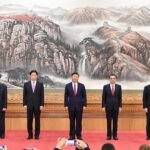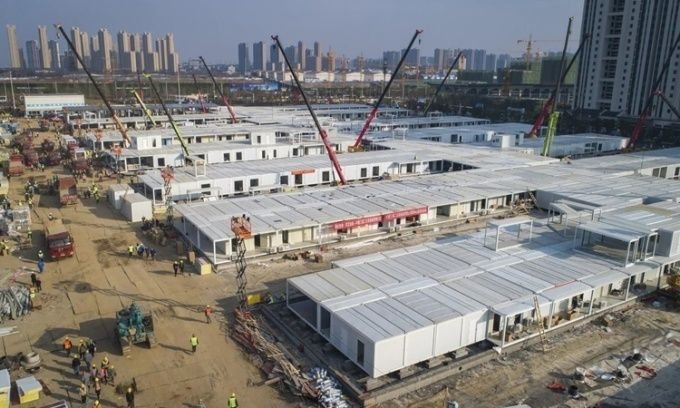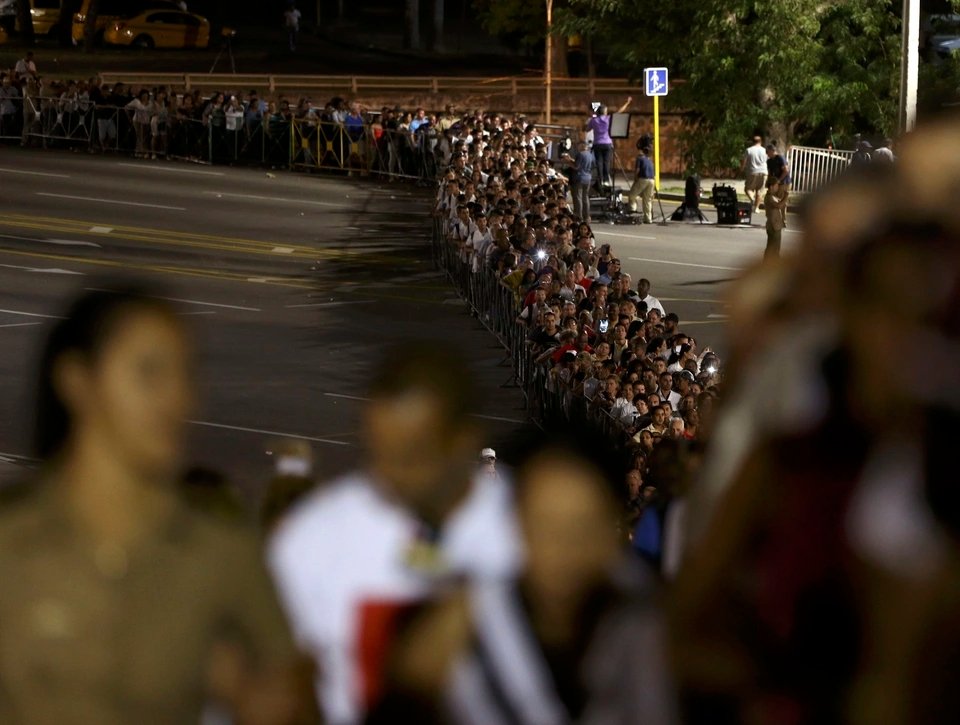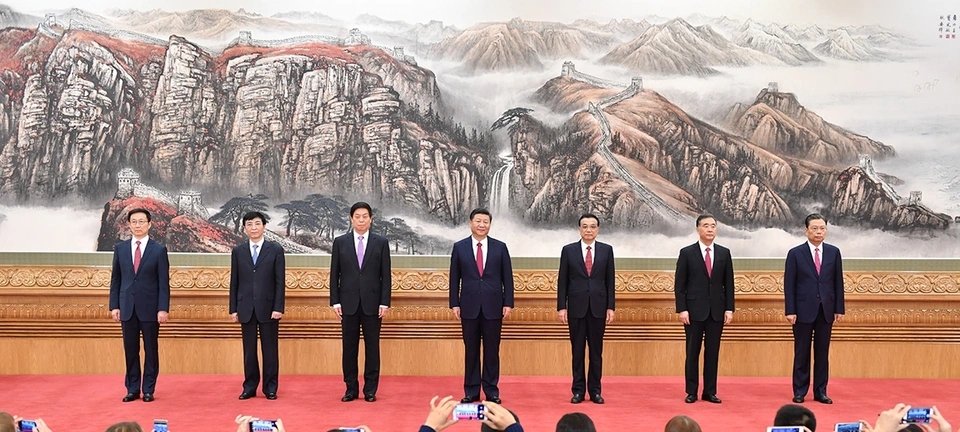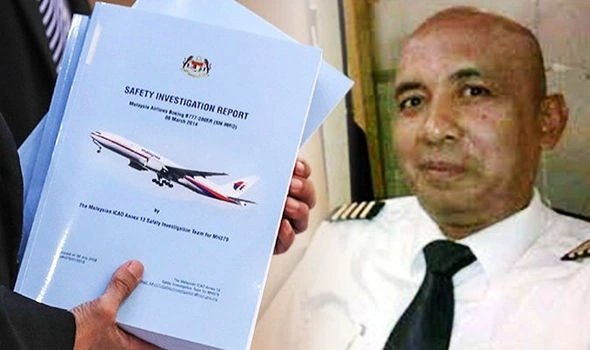In Fuqing, Fujian, on a recent afternoon, workers replaced a small sign reading `Fever Clinic` with a larger one.
This is a new facility established to treat Covid-19 patients in Phuc Thanh.
Construction site of Lei Shenshan field hospital in Wuhan on February 4.
Across China, from the epicenter of Wuhan to Harbin in the north, Shenzhen in the south, Chengdu in the west or Wenzhou in the east, rapidly built medical facilities are continuously springing up.
Authorities turned stadiums and gyms around Wuhan into temporary quarantine areas and sent thousands of military doctors and nurses to assist.
`The central government is trying to make its reactions visible,` commented Taisu Zhang, a professor at Yale Law School and an expert on contemporary Chinese politics.
Two field hospitals were set up in Wuhan for more than two weeks with 2,600 beds, serving as evidence of the government’s determination to fight Covid-19.
People’s Daily, the mouthpiece of the Chinese Communist Party, called Huoshenshan, the first field hospital built in Wuhan, a `miracle`.
In Fujian province, sandwiched between the areas most severely affected by the epidemic outside Hubei province, two Covid-19 treatment facilities have just been completed, one in Fuqing, the other in Futian.
At the time the Washington Post visited, the facility in Phuc Dien was under construction, but workers here confirmed it would be completed in a few days.
In recent days, the facility in Phuc Thanh is entering the final stages, preparing for handover.
Eric Toner, an epidemic expert at the Johns Hopkins Center for Health Security, said that the speed at which China is building medical facilities is truly impressive, but they cannot be called `hospitals`.
`They are more like assessment and treatment centers for people suspected of being infected with the nCoV virus,` he said.
According to observers, for Chinese President Xi Jinping and his officials, besides suppressing the epidemic, how to show that they are actively taking action is also an extremely important task.
`This epidemic is something everyone can see and affects the well-being of all people,` commented Professor Zhang.

The crisis has forced China’s healthcare industry to struggle and caused so much economic damage that some experts say it could have more devastating impacts than the trade war with the United States.
Inside an isolation treatment area converted from a conference center in Wuhan on February 4.
Faced with growing domestic criticism of the government’s response to the crisis, especially after the death of ophthalmologist Li Wenliang, who first warned of the risk of an outbreak, the central government
Local officials also occasionally protested.
The question now is whether the lessons of the Covid-19 outbreak will be enough to change the political system in China, which is increasingly concentrating power in the hands of President Xi, who takes over as leader.
Many commentators have questioned whether the death of Dr. Li Wenliang in Wuhan could be `the final straw` in the context that the Chinese public has shown they are extremely dissatisfied after he died.
But according to observers, if the Chinese government can control the epidemic quickly, it will become a springboard to help President Xi further consolidate power.
The central government then also had reasons to justify the tough policies it implemented in recent years, said Dali Yang, a political scientist at the University of Chicago.
`In the name of ‘protecting social stability’, they collected people’s information and increased surveillance activities. The technologies, equipment and activities that serve that purpose suddenly became
Chinese officials have used the above technologies to monitor people and detect those coming from epidemic areas to take appropriate measures, such as forcing them into quarantine.
`In fact, the messaging from China’s top leaders today revolves around rising epidemic risks, allowing them to expand the concept of national security to include everyone.
Countries with patients with pneumonia caused by nCoV.
Vu Hoang (According to Washington Post)

